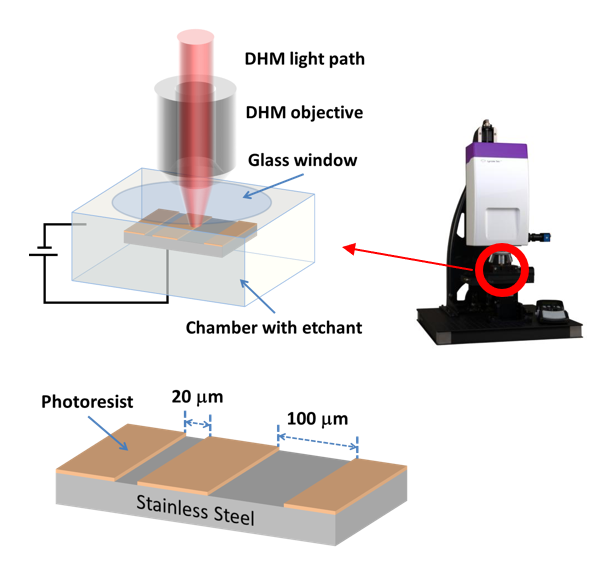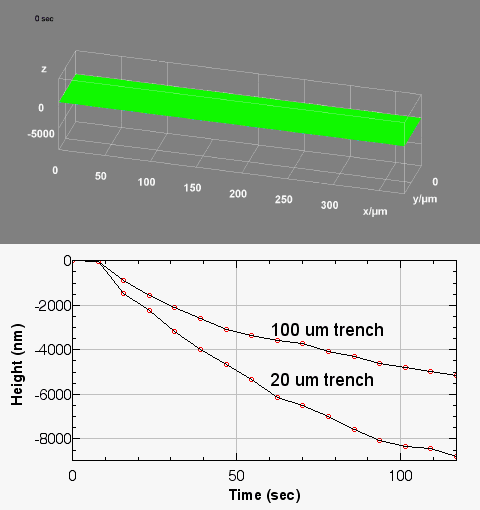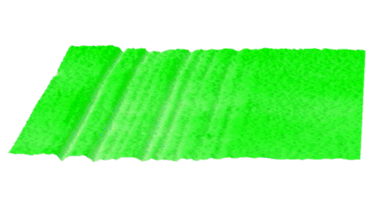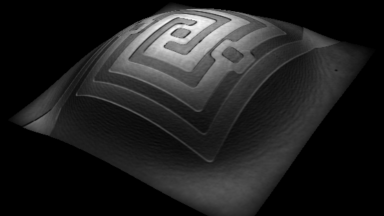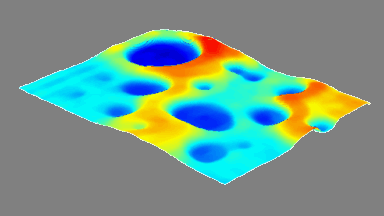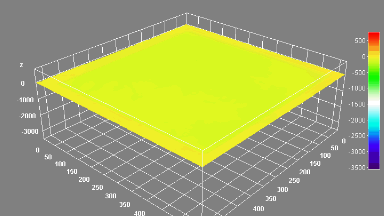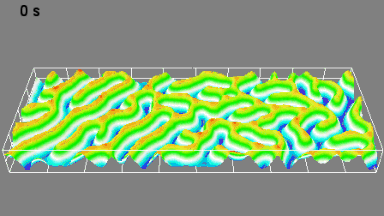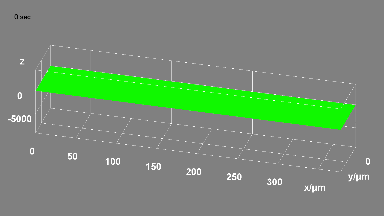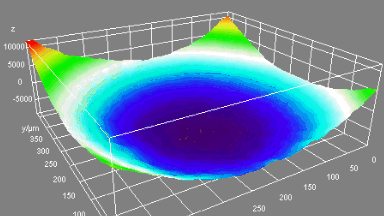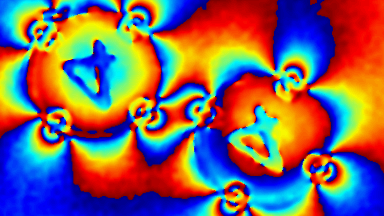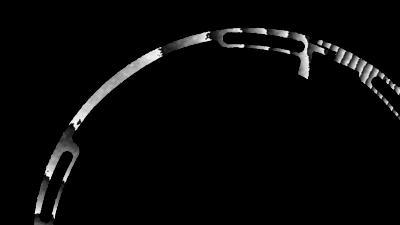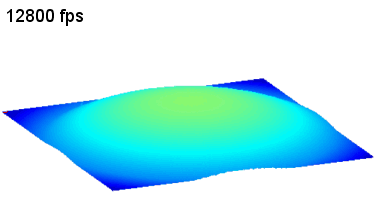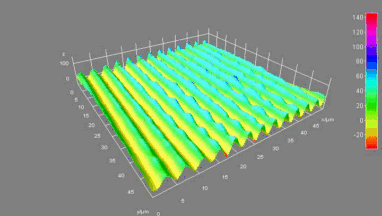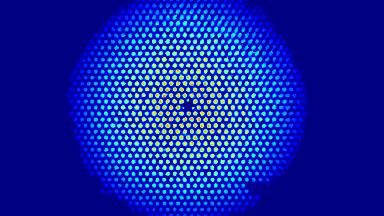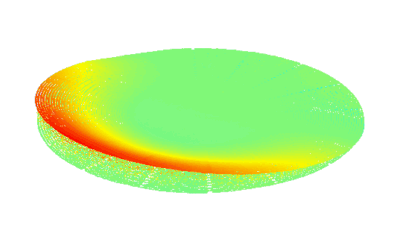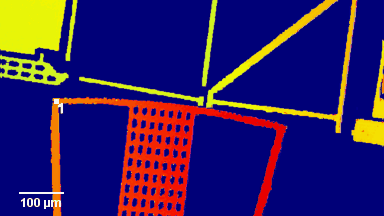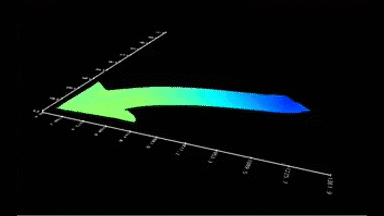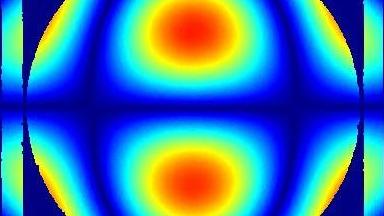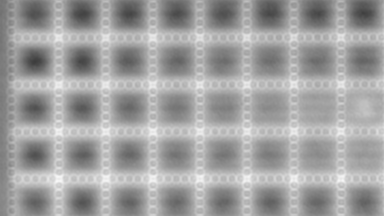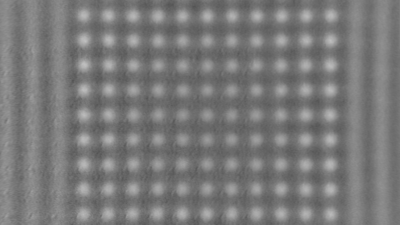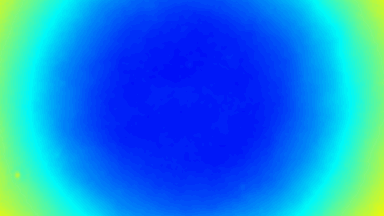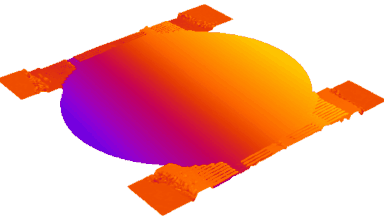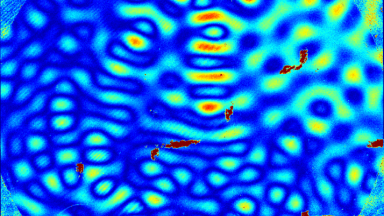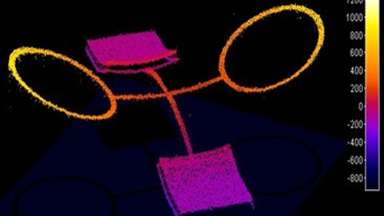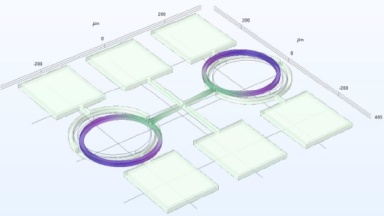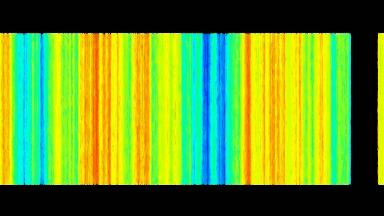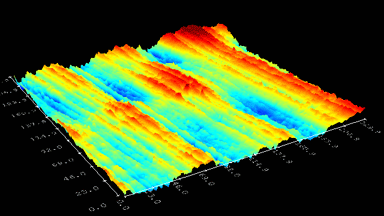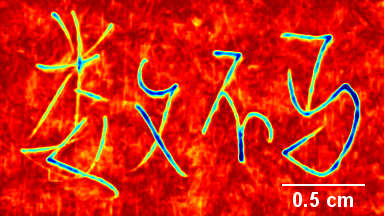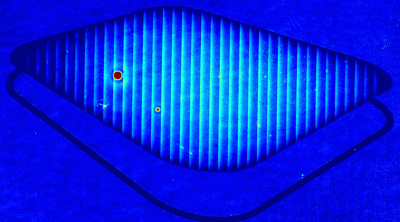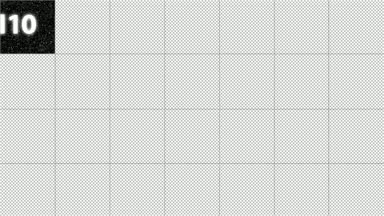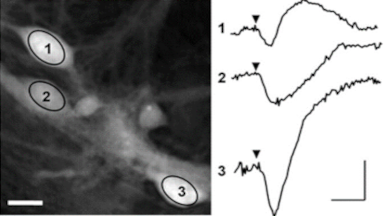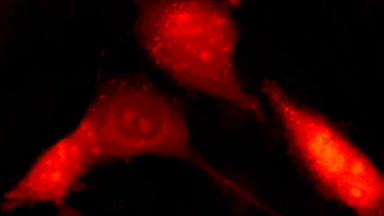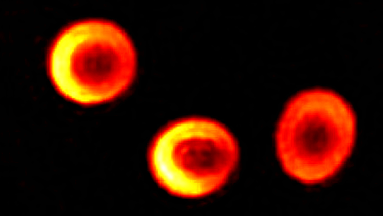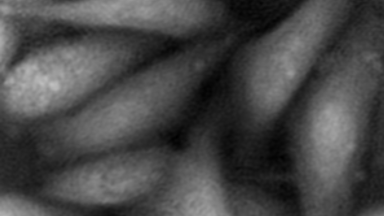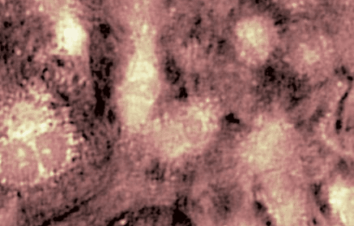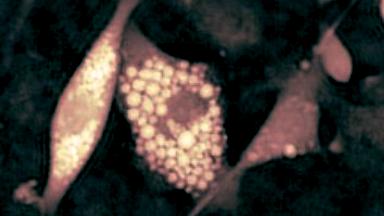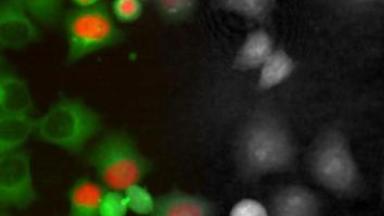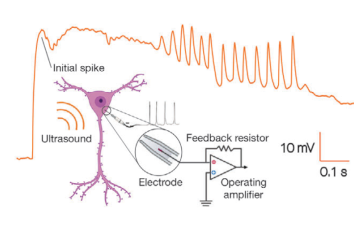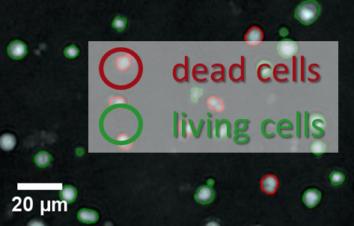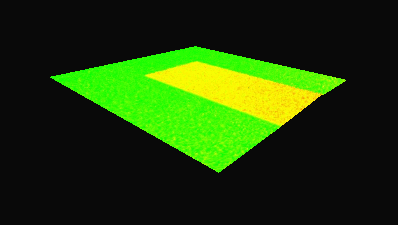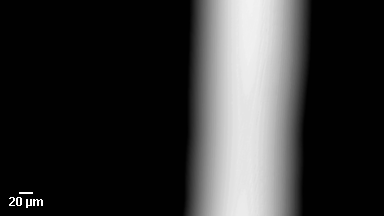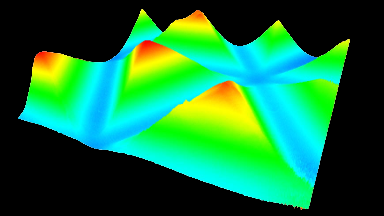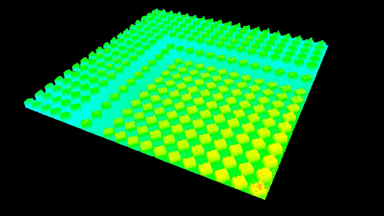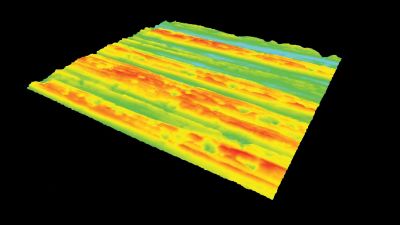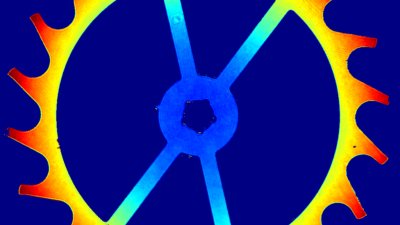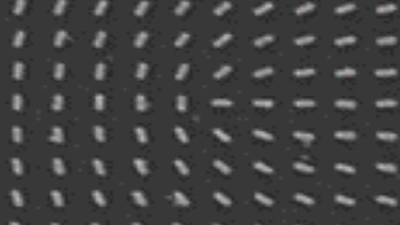Measure as you manufacture
Surface topography measurements simultaneously to laser texturing

A Nature publication reports real-time 4D topography measurements with our Digital Holography Microscopes (DHM®) SIMULTANEOUSLY to laser processing.
Congratulations to Professor Arri Priimägi and his team at Tampere University.
The external optical port of DHM® is exploited in this application to illuminate the sample with two individually controlled laser beams for creating periodically varying laser interference patterns. Using the information of the grating formation dynamics, multiple grating patterns were inscribed on thin films of azobenzene-containing material to create pixels with wide gamut structural colors as well as blazed grating structuress.
Description:
- Courtesy of : Tampere University, Finland
- Material: Thin films of azobenzene-containing materials
- Instrument: DHM® R-2100 with the optional external optical port
- Time scale: 3 seconds
- Magnification: 40x
Publication:
Digital holographic microscopy for real-time observation of surface-relief grating formation on azobenzene-containing films
Heikki Rekola, Alex Berdin, Chiara Fedele, Matti Virkki, and Arri Priimagi
Sci Rep 10, 19642 (2020). https://doi.org/10.1038/s41598-020-76573-610.1038/s41598-020-76573-6
“I am very excited by this new tool. It will open a whole new world for photosensitive azopolymer films, as attested for example by the pixelated photopatterning demonstrated below. Big thanks to the members of the Smart Photonic Materials Team, especially Dr. Heikki Rekola, for making this happen, and the Lyncee high qualified staff for seamless interaction.”
Professor Arri Priimägi, Smart Photonic Materials, Faculty of Engineering and Natural Sciences, Tampere University, Finland

“The immediate feedback provided by the DHM measurement has proven to be the key enabler for our surface patterning studies. It has allowed us to test and iterate much faster than before, and I think this will enable us to develop new and exciting applications for these materials in the future.”
Dr. Heikki Rekola, Department of Physics and Mathematics, University of Eastern Finland

Experimental set up
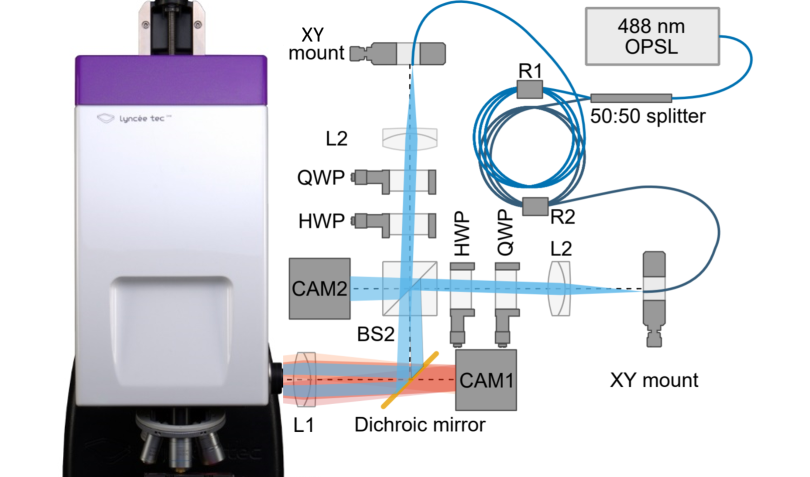
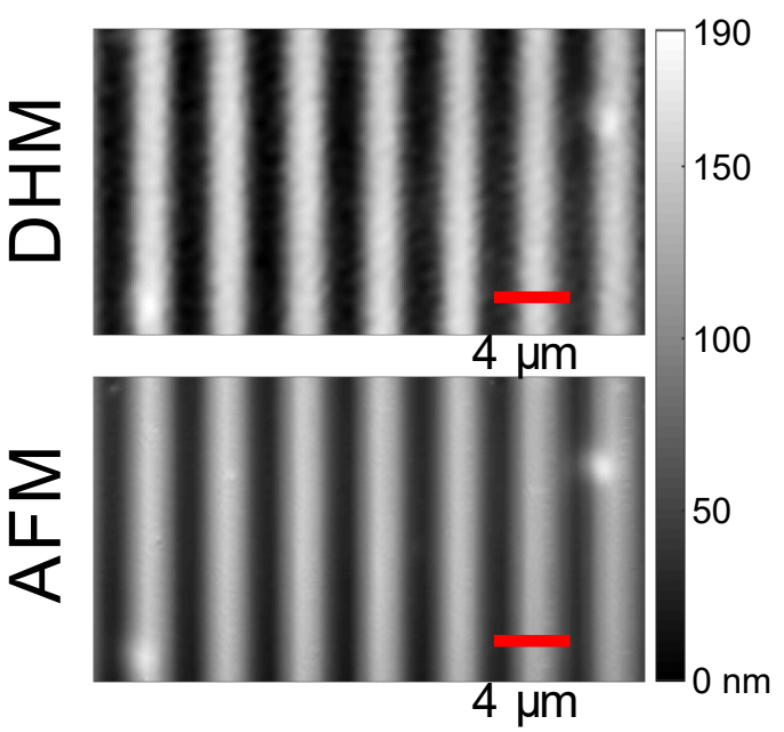
Other DHM® controlled Interference Lithography examples
A Fourier-synthesized blaze grating
The ideal, simulated four-sine target and realized profile for a blazed grating. The Fourier components are offset to the negative range. (b) The realized grating profile as measured by the DHM®. The difference between the simulation and the experiment comes mainly from the second and third harmonic components of the grating being smaller than intended in height, but overall the blazed nature of the realized grating is clearly visible.

True color diffractive pixels by multi-exposure SRGs
Full color image writing by stacking gratings. (a) A photograph of a Rainbow Lorikeet written on a photosensitive polymer film surface with 120 x 80 pixels. The total size of the written area is 12 mm x 8 mm. Each pixel of the image contains three gratings for reflecting red, green, and blue light towards the camera. (b) Source image for patterning. (c)-(e) Surface profiles of three randomly selected pixels imaged with the DHM®, consisting of a mixture of three grating periods with the measured grating heights shown in (f)-(h).
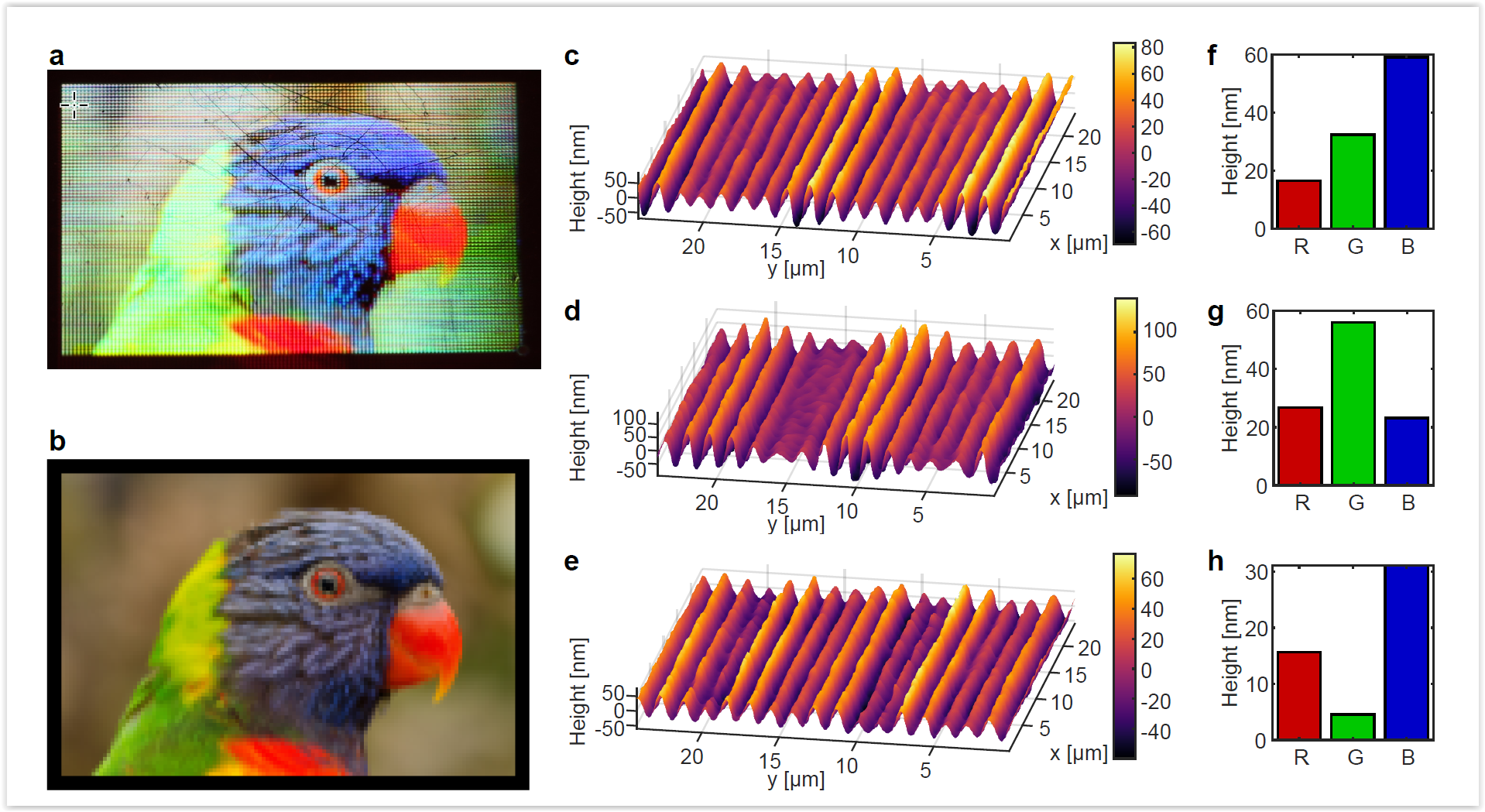
Figures reproduced with the permission of Professor Arri Priimägi, Faculty of Engineering and Natural Sciences, Tampere University, Finland
Enhanced quality with immediate feedback algorithm
Femtosecond laser inscription with DHM® feedback
The Journal of Physics Photonics reports Real-time 4D topography measurements with one of our Digital Holography Microscope (DHM® ) SIMULTANEOUSLY TO Femtosecond laser inscription in fused silica.
Congratulations to Professor Yves Bellouard and his team at EPFL, Switzerland.
A transmission DHM® camera has been integrated in the optical path of a femtosecond laser engraving system. Measuring in-situ and in-real time the substrate modifications enable to a digital twin algorithm to provide immediate feedback to the laser. Phase maps are in this way continuously controlled and precisely inscribed.
Description:
- Courtesy of: Professor Yves Bellouard, GALATEA Laboratory, EPFL – Swiss Federal Institute of Technology, Lausanne, Switzerland
- Material: Fused silica Corning 7980 0F
- Instrument: DHM® camera integrated in the optical path of a femto laser
- Time scale: 195 measurements per seconds
- Magnification: 100x
Publication:
On the use of a digital twin to enhance femtosecond laser inscription of arbitrary phase patterns films
Olivier Bernard and Yves Bellouard
Journal of Physics: Photonics, 2515-7647 DOI: 10.1088/2515-7646/abf743, 2021
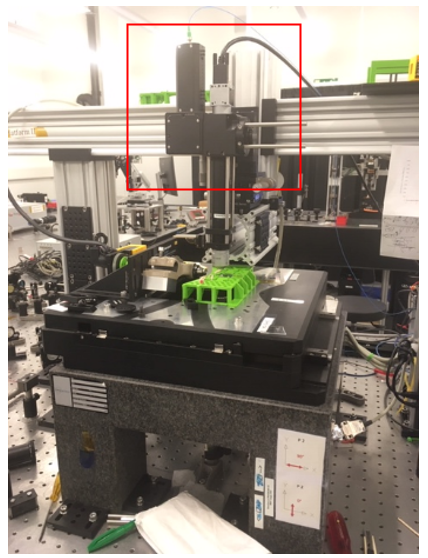
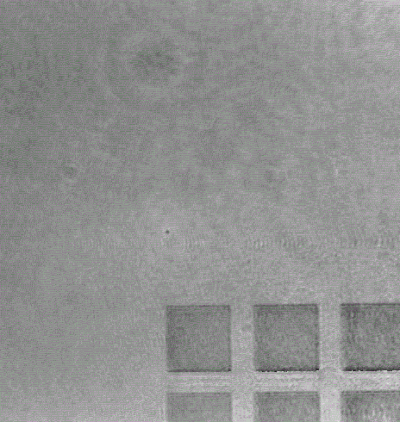
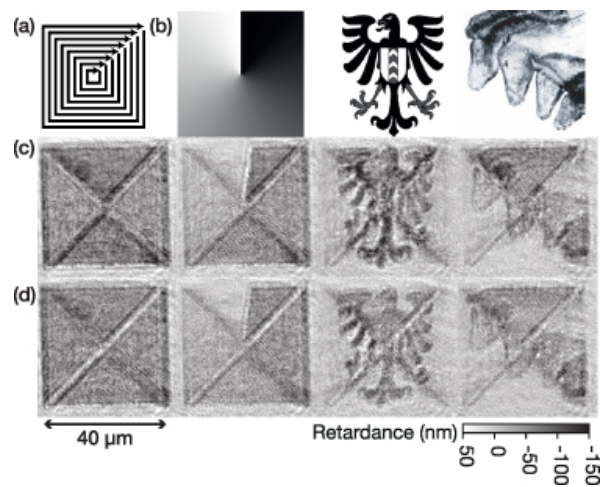
Real time monitoring enables to adjust laser beam parameters
Laser polishing requires that the heat generated in the sample must be sufficient to soften its surface, but not so much that it distorts its shape. Therefore, it is necessary to find a compromise between the speed of displacement of the sample, the power of the laser, the extent of its beam, and of course the material of the sample to be treated. The best combination of these parameters is difficult to determine. Measuring the surface with DHM in real time enables to monitor quantitatively samples roughness and shape and to adjust adequately all these parameters.
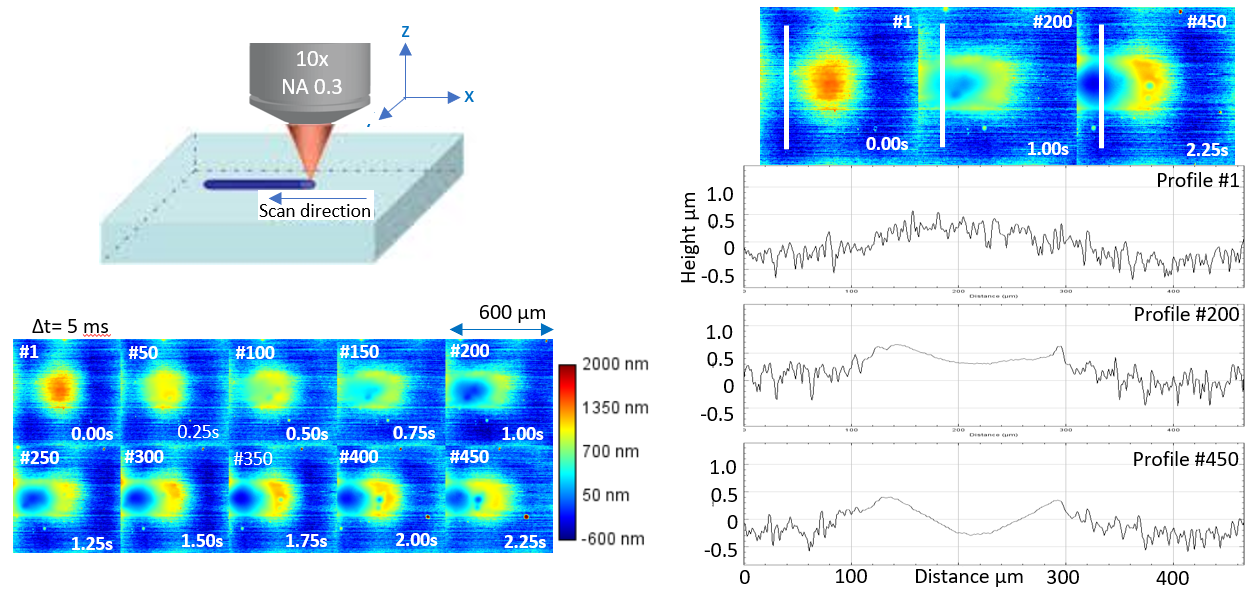
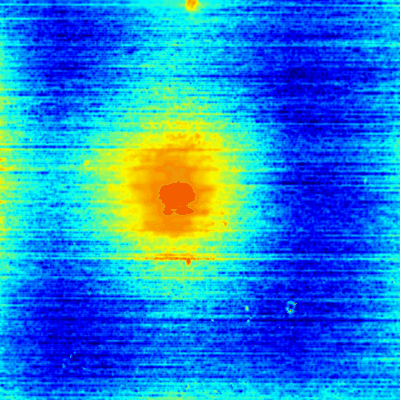
In-situ and real time wet chemical etching monitoring
Chemical etching is a key process in micro and nano structuring of materials and thin films. Conventional methods for etching time duration determination are mainly laser end point detection and optical spectrometry. Both monitor thickness or composition of etched layers and materials, but none of them provides in-situ real time 3D topography measurement of the etching process with sub-micron lateral resolution. DHM is capable of measuring through glass and in liquid, allowing such measurements in-situ.
Description:
- Courtesy of : Micropat SA, Switzerland
- Material: Stainless steel
- Instrument: DHM® R-2200
- Time scale: < 2 minutes
- Magnification: 20x
Publication:
Laterally resolved in situ 4D topography of electrochemical etching by Digital Holographic Microscope, Oral presentation and Proceeding of MNE2017, Braga, Portugal
